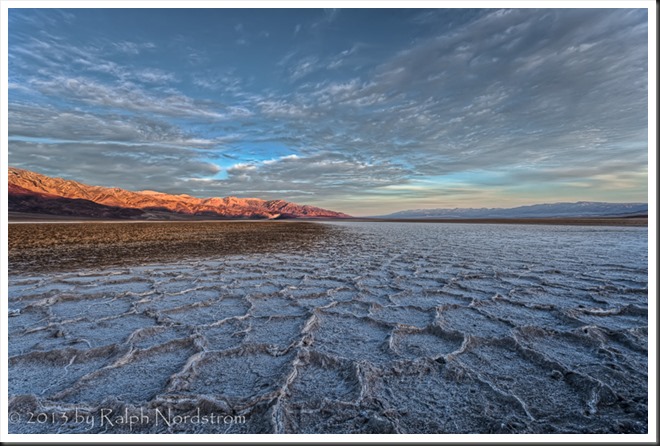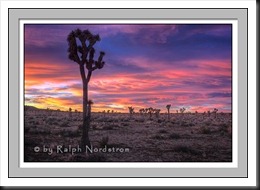Background
Depth of Field (DOF) is a staple of near-far landscape photography. It is used when the composition contains object that are very near to the lens as well as objects that are distant. Traditionally, it has been achieved by using a wide-angle lens with a small aperture or a tilt-shift lens. Using this technique, it is possible to have the nearest object one or two feet from the lens and everything is in focus from the object to infinity.

The disadvantage of this method is you must use a wide-angle or tilt-shift lens, preferably on a full-frame sensor camera body, and a small aperture. (In this image, the rock was 18” from the lens. I used a 16mm lens on a camera with a full-frame sensor and was able to get the needed DOF at f/11.). But small apertures introduce lens diffraction which work against you by softening the entire image. And what if you don’t have a wide enough lens. You couldn’t get this shot with a 24mm lens. And getting any kind of DOF with a telephoto lens is virtually impossible, even with fairly distant subjects.
Continue reading “Focus Stacking – First Impressions”
(452)




